So you love NotebookLM’s audio overviews feature, but it’s a pain to listen to them on the go. What if you could listen to them on your favorite podcast player? You can!
I found a tool called PushPod that lets you create a private podcast using a Dropbox or OneDrive folder. This tutorial will show you how to create your own NotebookLM podcast feed. But first I’ll briefly introduce NotebookLM and the use case for its AI-generated podcasts.
What is NotebookLM?
NotebookLM is a tool from Google that lets you upload large amounts of text and then have chatbot conversations about it using Google’s Gemini generative AI model. You can upload a wide variety of documents such as PDFs, web pages, and text files, as well as Google Docs and Slides. NotebookLM has actually been out for almost a year, but it’s gotten more attention lately because of its new podcast feature.
Use case for NotebookLM audio overviews
NotebookLM audio overviews are great for previewing long or difficult-to-read documents on the go without having to sit in a chair or look at a screen. For example, NotebookLM created a 13-minute podcast of Common Sense Media’s The Dawn of the AI Era report on how teens are using AI at school and home. Compressing the 58-page report into a 13-minute podcast allowed me to get a sense of the report while I took a walk. It helped me figure out which topics I wanted to explore more deeply when I returned to my office.
Now, you might be wondering, “What if NotebookLM hallucinates and the podcast has inaccuracies?” Good question. At the bottom of the NotebookLM page, Google does indeed warn you that “NotebookLM may still sometimes give inaccurate responses, so you may want to confirm any facts independently.” The podcast “hosts” may also make inferences and conclusions unsupported by the source material.
That’s why I don’t use the NotebookLM podcasts as a substitute or shortcut for reading the source material. I don’t take the podcasts as gospel. They give me some scaffolding to help me understand and digest the reports, white papers, and scientific journal articles I want to read. The podcasts also work as filters, helping me decide if the content is worth reading in the first place.
Now that you’ve seen the Why for Notebook LM podcasts, let’s get into the How.
How to generate a podcast in NotebookLM
If you need to learn the basics of loading content into NotebookLM, click here.
Once you’ve loaded your content into NotebookLM, click on the “Notebook Guide” link at the bottom right of the window. In the “Audio Overview” section of the notebook guide, click the “Generate” button to create the podcast. This may take a few minutes to generate.
After the conversation has been generated, click the three-dot menu and then click “Download” to download a WAV file of the podcast.
Note: WAV files can take up significant space and download slowly. To save space and speed up downloads, convert them to MP3 using tools like Audacity or GarageBand.”
Now that you have your podcast audio, let’s create your podcast feed.
How to create your podcast feed
Before creating your podcast feed, you’ll need somewhere to store the audio files. PushPod supports both Dropbox and OneDrive. If you don’t have an account for either of those platforms, create one now.
Next, go to PushPod.net and create your account (it’s free!). Once you’ve created your PushPod account, click “Storage” in the top banner. Click the plus button on the right to add your cloud storage account to PushPod.
Select either Dropbox or OneDrive.
PushPod will then prompt you to log in to your cloud storage account.
After you confirm your login, you should see your name and cloud storage account in the Storage section of PushPod.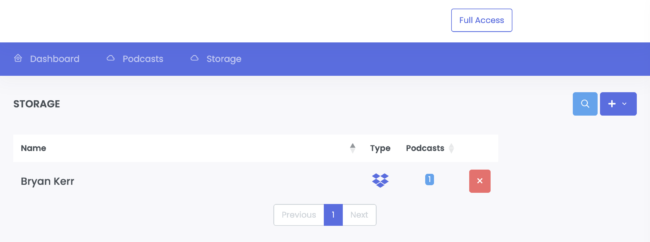
If it doesn’t already exist, PushPod will add an “Apps” folder in your cloud storage account. It will also add a “PushPod” folder inside of “Apps”.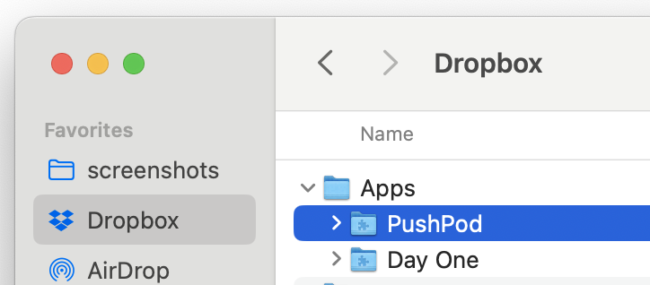
Now add a new folder within the PushPod folder to store all of your NotebookLM podcast audio files. I simply named mine, “NotebookLM Podcasts”.
Now move or paste the audio file into the podcast folder. NotebookLM conveniently names the audio file for you to match the content. You can also add cover art for your NotebookLM podcasts. Just place any JPG or PNG image file in the “NotebookLM Podcasts” folder. Square images work best. This is a great use case for using an AI image generator like DALL-E or Gemini.
Now go back to your PushPod tab in your web browser. Click the Podcasts button in the banner, and you should then see your new podcast feed.
Click the title of your podcast, and then you’ll be able to see the list of audio files in your feed.
Add your feed to your favorite podcast player
First, you need to get the URL of your new podcast feed. In PushPods’ details for your podcast, click on the RSS feed button to copy the URL. This is what you will paste into your podcast player.
I use Overcast on my iPhone. I click on the magnifying glass to go to the search pane in Overcast and tap the “Add URL” button. Then I paste in the URL of my podcast feed.
Now, anytime I add an audio file to the podcast folder in my cloud storage, my podcast player will automatically update with the new content.
For help in adding the URL to other podcast apps, click here.
This workflow enables you to preview a lot of material as part of a daily or weekly routine.
How one simple tool compounds productivity
The meta idea I want you to take away is how chaining one small additional tool can make a big impact on the power of another. PushPod unlocked another level of productivity for me because I don’t normally listen to audio when sitting at my desk. It feels counterproductive as the screen and keyboard beg me for attention. I usually listen to my podcasts during walks and commutes, so I probably wouldn’t use audio overviews very much if I couldn’t easily upload them to my phone. Being able to do so means my walks now kill two birds with one productive stone. And that gain compounds by focusing my desktime reading to get the most out of reading the source material.
Finally, just like how small tools can a big impact, so can indy developers. KuzonCode works on PushPod in his spare time. If you also find it helpful, whether it’s making your commutes more productive or helping to filter your reading list, please consider supporting him and buying the Full Access version for $10. Even if you don’t require the features (like more than three podcast feeds), it’s a great feeling when you validate the indy developers making our lives better.


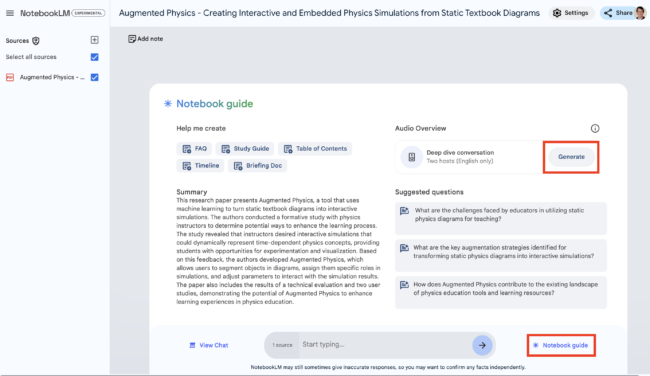
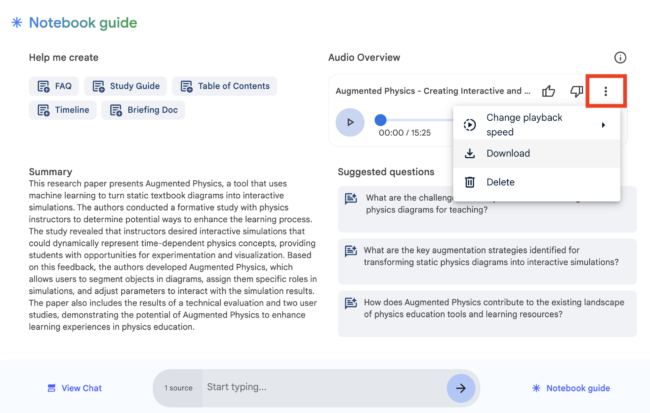
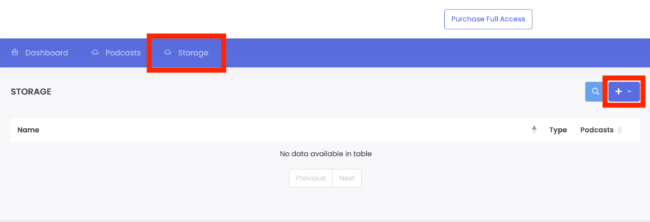
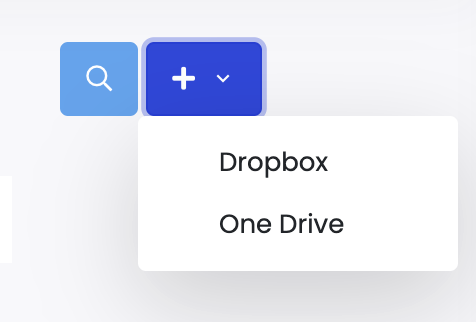
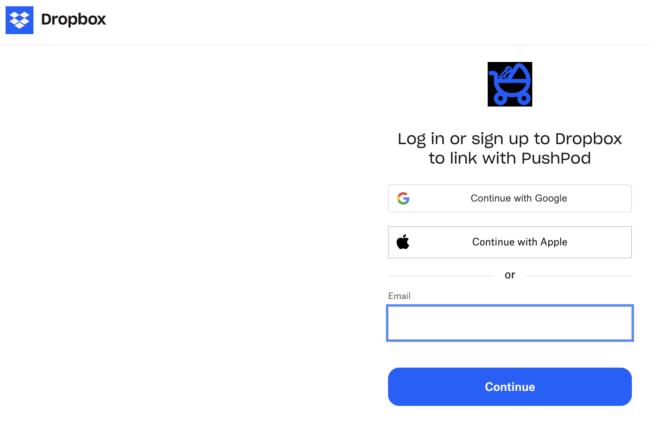

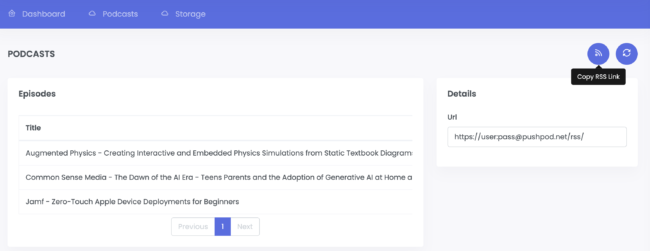
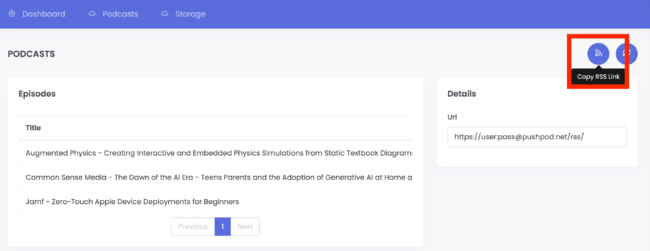

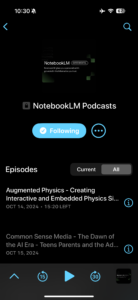
Great post! Always good to see PushPod used in unique ways!
Thanks! I could also see this being useful for meeting transcripts, especially now that you can provide instructions to guide the generation of the audio overview.